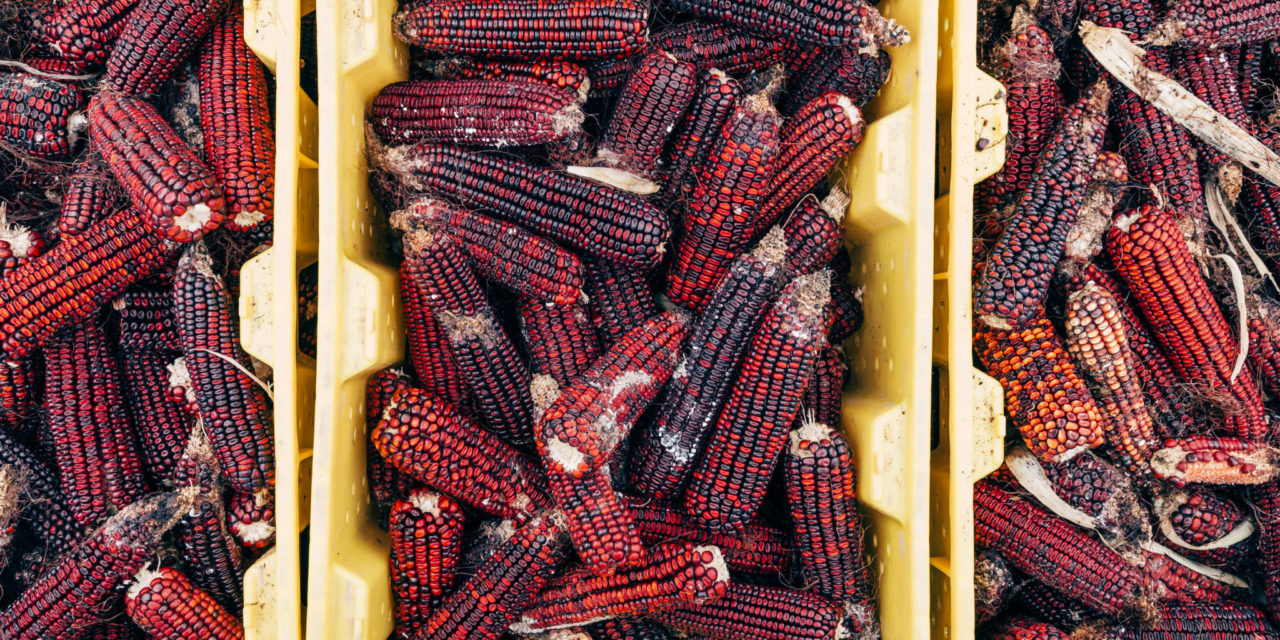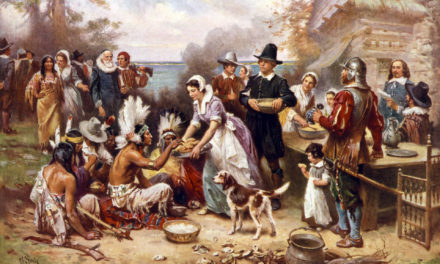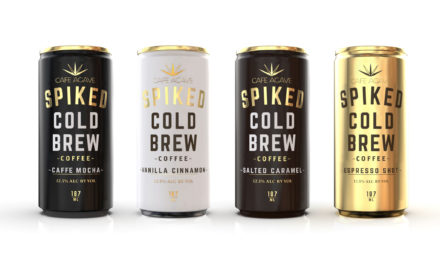When Polish distiller Belvedere released two estate-grown, diamond rye vodkas earlier this year, it was a clear indication of how far the spirits business has evolved in its attention to the impact of base ingredients on the distiller’s craft. The producer claimed the two, named for the villages where the rye grew, captured the distinctive essence of their terroirs.
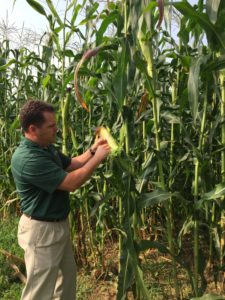
“We’ve developed many tests for determining how the grains influence the whiskey.” —Harlem Wheatley, Buffalo Trace [Photo courtesy Buffalo Trace]
At Heaven Hill Distillery in Bardstown, Ky., a similar project, called “Grain to Glass,” has brought in Indiana-based seed grower Beck’s Hybrids to find the optimum strain for a 55-acre spread near the distillery. Master distiller Denny Potter says Heaven Hill hasn’t made any decisions about what it might do with the results of the corn experiments, which will take two years (minimum) to mature into legal straight whiskey.
Grain to Glass
Suppliers of grains and malts have long provided the under-appreciated starting point for most spirits, yet generally have been treated—like most agricultural suppliers—as a commodity business. But now that so many distillers are vying in the market, finding a point of differentiation is more crucial. Many turn to different blends, ages, or proofs of spirits to stand out, but a small group are looking to suppliers for less common ingredients to make their mark.

Heaven Hill Distillery’s Denny Potter hasn’t made any decisions about what to do with the results of its “Grain to Glass” corn experiments, which will take two years (minimum) to mature into legal straight whiskey. [Photo courtesy Heaven Hill]
Says Jake Keeler, vice president of marketing for Shakopee, Minn.-based BSG Distilling, a supplier of malt and grains for craft brewers, homebrew retailers, and distillers, “The average consumer is more adventurous and looking for something unique, so distillers are also looking for unique ingredients to create a specific flavor profiles. It’s really a wide range of things.” For some distilleries, that means imported malts from the United Kingdom or Ireland—smoked or peated distilling malts, for example—but others go local now that there are dozens of tiny maltsters popping up, especially in states that favor using local products in distilling.
“We continue to explore all the variables that go into making whiskey,” says Buffalo Trace master distiller Harlen Wheatley. “Grain and recipe, of course, are always very important parts of the process. But we’ve also developed many tests for determining how the grains influence the whiskey.”
There are a number of influences pushing this minor (but potentially important) trend. As mentioned, many states either favor or require locally produced ingredients, and the locavore movement has special appeal to distillers looking to make a name in a crowded field. Since the whiskey and small distiller booms, many companies are looking to break into the market by offering regular customers something new or introducing limited releases with a twist. Some producers are even listing ingredients; for example, Home Base Spirits in Oakland, Calif., labels the sources of its malt, rye, and corn.
Selective sourcing
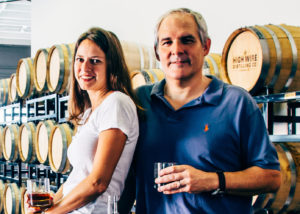
“We realized we’d need something other than No. 2 yellow dent or red wheat to make a whiskey.” —Scott Blackwell, High Wire Distilling (with his wife, Ann Marshall) [Photo courtesy High Wire Distilling]
These days, the big whiskey distillers generally look for corn that meets specs such as high-starch content to maximize fermentation yield and durability so it can be stored with less concern over spoilage. “When we were getting into distilling, we looked around the industry as a whole and saw what a good product the big guys made. We realized we’d need something other than No. 2 yellow dent or red wheat to make a whiskey,” says Scott Blackwell, co-founder of High Wire Distilling in Charleston, S.C. (with his wife, Ann Marshall).
Experimentation is part of the High Wire DNA, with products including a sorghum whiskey and a rye made primarily with locally produced Abruzzi rye. Blackwell has even experimented with wild corn precursor teosinte, but it’s his work with Jimmy red corn, with the aid of agriculturalists at Clemson University and heritage grain specialist Anson Mills, that’s resonated. Since 2014, he’s been growing it himself, in partnership with local farms; last year, he harvested 250,000 pounds. “The flavor, thankfully, was as we expected—very different from yellow and white heirlooms, and from No. 2 dent corn. In mashing, we noticed a real heavy, earthy sweetness that was more like honey than sugar. The Brix was almost the same but it seems sweeter, and we were getting cinnamon flavor as well.”
Custom and heritage
Corn strains such as Jimmy red are garnering attention elsewhere as well. “Heritage grains, like red and blue corn and Jimmy red, are starting to pick up,” says Holland, whose company has supplied distillers with triticale (a wheat and rye hybrid), spelt (an ancient grain), and even amaranth (which is technically classified as a “pseudocereal”).

“We work closely with our customers and, if they have a custom grain they want to try, we can source it for them.” —Andrew Mansinne, MGP Ingredients [Photo courtesy MGP]
MGP Ingredients, located in Atchison, Kan. and Lawrenceburg, Ind., is a leading supplier of premium bourbons, whiskeys, gins, and vodkas. MGP has also launched its own proprietary brands, including TILL American wheat vodka, George Remus straight bourbon whiskey, Tanner’s Creek blended bourbon whiskey, and Rossville Union straight rye whiskey. MGP has been supplying its customers with spirits made from mash bills featuring novel varieties of corn strains and colors, says Andrew Mansinne, vice president of brands, MGP Ingredients. “We work closely with our customers and, if they have a custom grain they want to try, we can source it for them,” he says.
Not far away from MGP, Heaven Hill is trying to create a small distillery project within its massive bourbon producing property (the distiller devours about 20,000 acres of corn annually, according to Potter). The company asked Beck’s Hybrids for help, and the supplier came up with 5225 waxy, a corn variety with a high amylopectin rate that makes it dense and disease-resistant, with better storability, says Trek Murray, Beck’s quality traits market manager.
“We get so excited to do all this—grow it, mash it, ferment it, and distill it—but we look at it and don’t know what we’re going to do with it in the next five or six years,” Potter says. (Fifty-five acres perhaps yields 1,000 barrels, less than the distillery produces in a day.)

“Layering in different specialty malts is a lot like how you would spice a dish when you’re cooking.” —David Richter, Briess Malt [Photo courtesy Briess Malt]
Fiddling with malts has also become part of the new distiller’s toolkit. “A lot of whiskey makers are dabbling with different malts we supply,” says David Richter, technical marketing manager for Briess Malt and Ingredients in Chilton, Wis. With more than 70 malts—barley, wheat, and rye—in its portfolio, Briess is seeing interest in smoked malts (cherry, apple, and mesquite are popular choices) as well as things like dark chocolate malt, which provides more color than flavor.
Richter points to producers such as Westland in Washington state, which is prominently employing different malts to create flavor layers in its whiskey, and says, “Layering in different specialty malts is a lot like how you would spice a dish when you’re cooking.”

“I’m looking for more character out of the grain that we use.” —Brendan Coyle, High West Distilling [Photo courtesy High West]
“Craft distilling is a very exciting and dynamic place right now,” says BSG’s Keeler. “For us, the challenge is listening to the distillers to hear what they’re looking for and then working with our supply chain to provide for them.”
As the American distilling boom carries forward, expect even more fanciful blends and unusual ingredients to find their way into the bottle.

